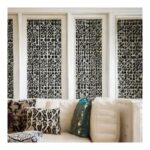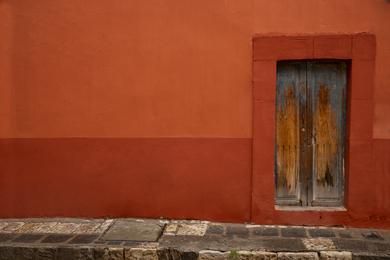Traditional Indian Architecture & Interior Design Styles: A Guide to Incorporating Tradition into Modern Homes

India that is Bharat, is well known for its paradigms of traditional architectural and design styles, each of which is influenced by location, culture, and religion in a distinctive way. In this blog, we’ll study the most well-known traditional Indian aesthetics, such as Bengali, Rajasthani, and South Indian Architecture, as well as their historical development. We’ll also offer advice on how to keep these styles and cultural value while incorporating them into contemporary homes.
Popular Traditional Indian Architecture & Design Styles:
1) Rajasthani Style
The Rajasthani style, which is mostly used in the state of Rajasthan, is distinguished by the use of vibrant colours, detailed carvings, and rich designs. Through its beautiful carvings and magnificent balconies, the Hawa Mahal in Jaipur, an icon of this style, displays its Hindu and Muslim architectural influences.

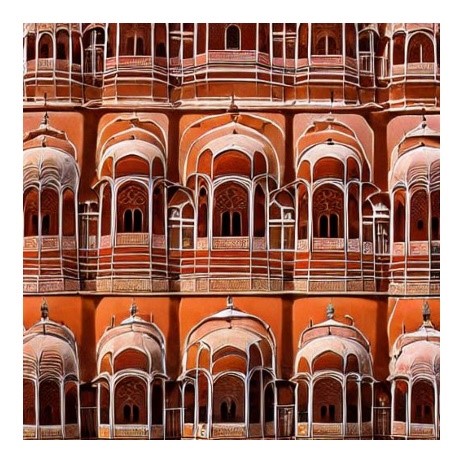
2) South Indian Architecture
The states of Tamil Nadu, Karnataka, and Kerala are noted for their use of the South Indian architectural style, which is defined by its vibrant colours, rich carvings, and massive pillars. The Meenakshi Temple in Madurai, which displays its Hindu and Dravidian architectural influences through its beautiful gopuram (tower) and elaborate decorations, is a wonderful example of this style.

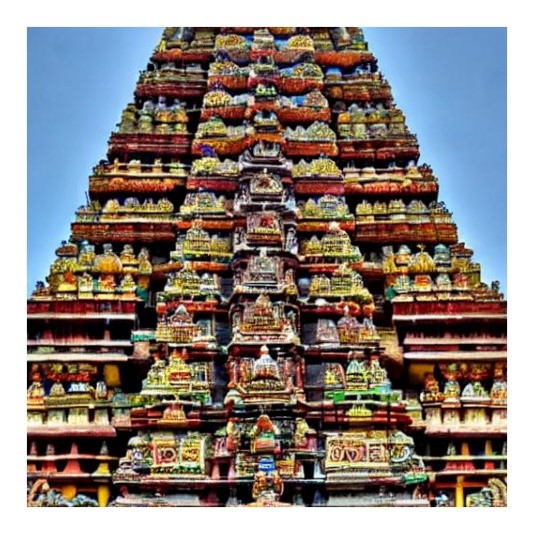

3) Bengal Style
The West Bengal state is known for its use of delicate designs, vibrant paintings, and detailed woodwork, which define the Bengal style. Through its beautiful marble construction and rich carvings, the Victoria Memorial in Kolkata, a representative of this style, displays its Hindu and Buddhist architectural influences.
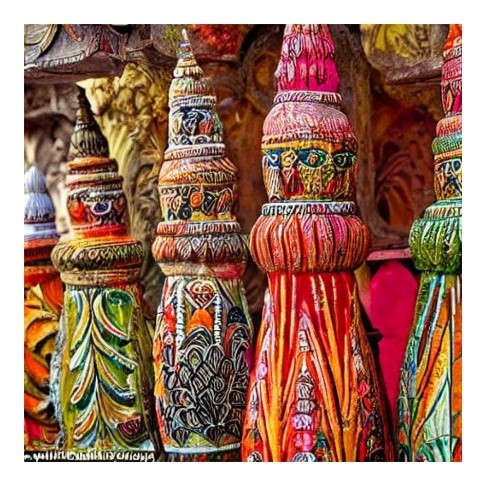
Evolution of Traditional Indian Styles:
Over time, traditional Indian fashion has changed as various rulers and cultural influences have added their own unique elements. These elements still have an impact on modern design today, both in India and elsewhere.
Homes using traditional Indian design elements, like an example:
Various residences in India, from luxurious homes to economical ones, incorporate traditional Indian design elements. For instance, Rajasthani homes frequently include beautiful decorations. While homes in South India include intriguing pillars and vivid colours, they also feature sculptures.
Tips for Incorporating Traditional Indian Styles into Modern Homes:
If you’re looking to infuse your modern home with traditional Indian styles, here are a few tips to help you:
- Use vibrant colours: Vibrant hues like red, yellow, and green are a hallmark of conventional Indian style and are simple to adapt into modern houses.
- Incorporate elaborate carvings: Elegant and rich carvings, like those found in traditional Indian architecture, can be added to modern homes.
- Incorporate traditional themes: Indian traditional motifs like flowers and paisley designs can give modern homes a sense of cultural history.
- Use traditional materials: Classical materials, such marble and sandstone, can give modern homes a genuine feel.

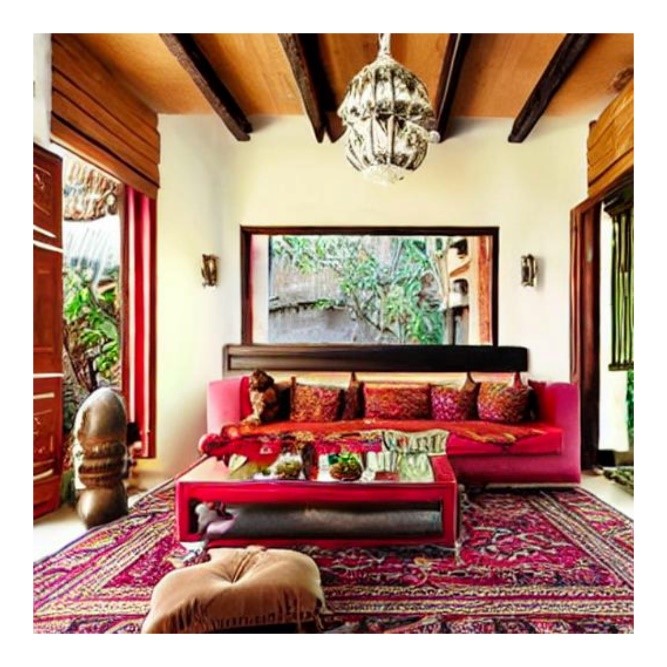

Conclusion:
Traditional architectural and design elements from India are a rich and varied fusion of geography, religion, and cultural legacy. These fashions have changed over time and still influence modern design. Bold colours, elaborate carvings, conventional patterns, and building materials like marble and sandstone can all be used to infuse traditional Indian designs into modern interiors. By doing this, one can design a space that is both fashionable and pleasant in terms of culture.
Different cultural and historical factors have formed traditional Indian design variations over time, and they continue to impact modern design even today in India and around the World. One may easily blend traditional Indian styles into modern homes and create a design that is both beautiful and culturally significant by using strong colours, elaborate carvings, traditional motifs, and materials. Traditional Indian design elements provide a sense of elegance and sophistication that can improve any property, whether it be a large palace or a modest cottage

